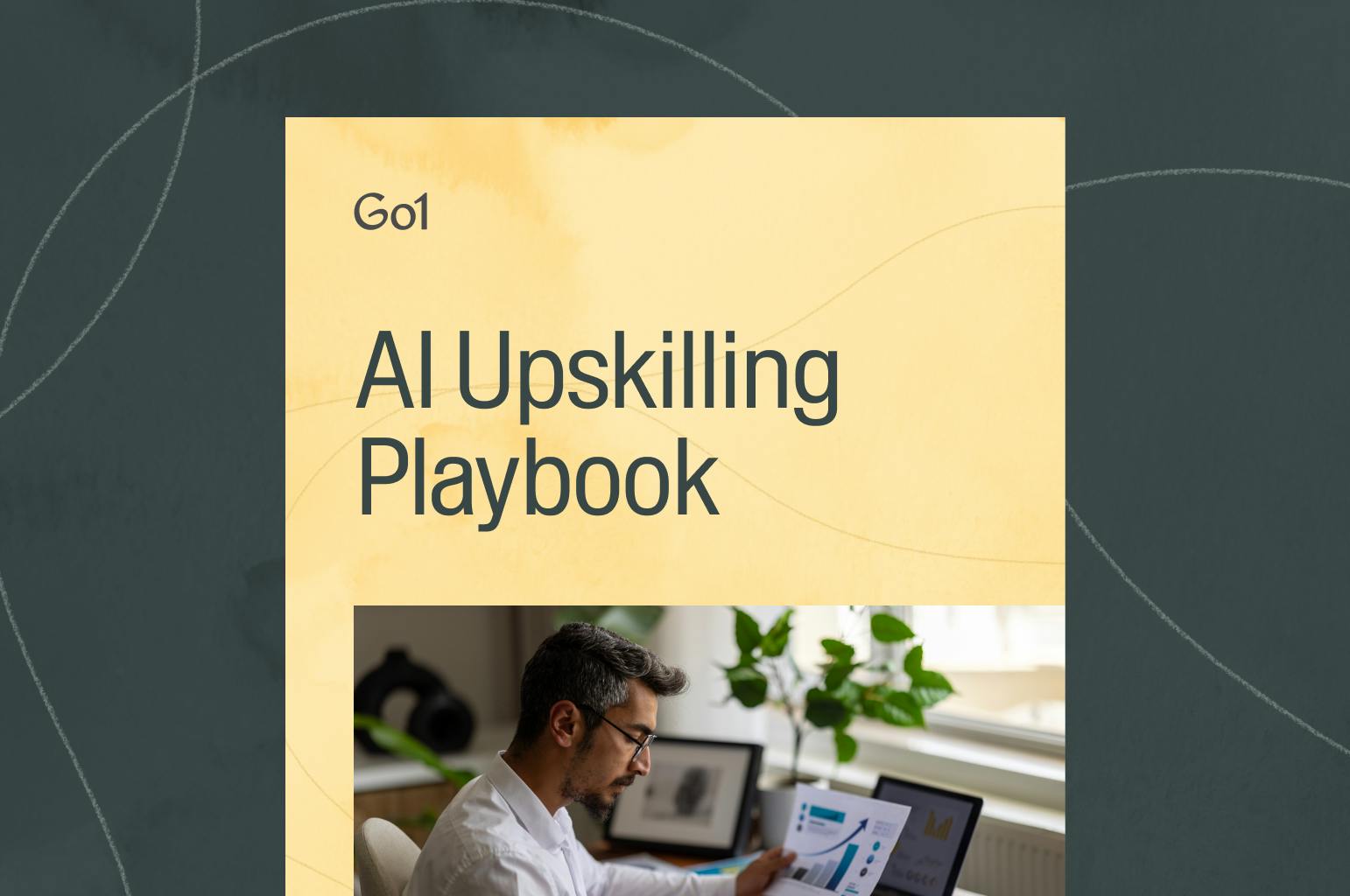Harnessing the power of storytelling in workplace communication

In the realm of organizational development, the art of storytelling isn't merely a tool for engagement but a strategic asset that enhances communication, fosters understanding, and strengthens connections among team members. Mindscaling’s President and Founder, Shawn Hunter was recently on our podcast for learning and development professionals, L&D in 20, to share his insights on workplace soft skills, highlighting the profound impact of storytelling on effective communication.
Understanding the role of storytelling
Storytelling transcends the traditional boundaries of communication and adds a layer of relatability and emotion. It transforms abstract concepts into tangible experiences that listeners can connect with, thereby facilitating deeper understanding and retention. In the context of an organization, Shawn explained, storytelling can be a powerful method to disseminate core values, share knowledge, and unify diverse teams, especially in hybrid and multicultural work environments.
In a corporate setting, storytelling can also be used in employee training to convey complex information in a more engaging and memorable way. It can serve as a tool for leaders to inspire and motivate their teams by sharing personal anecdotes and lessons learned. Overall, storytelling plays a crucial role in fostering effective communication, building relationships, and driving meaningful change within organizations.
Creating a safe space at work
During the L&D in 20 episode, Shawn pointed out that "creating that safe space, allowing people to grow and be innovative through narrative, is key." This approach to leadership and communications not only enhances how challenges and solutions are presented but how they're perceived and acted upon by teams as well. By creating this safe space, leaders can encourage team members to open up and share their thoughts and ideas without fear of judgment or criticism, allowing for more perspectives and experiences to exist, leading to more innovative and effective solutions.
Storytelling can also create a sense of belonging and trust within a team, as individuals feel heard and valued when their stories are shared and acknowledged. This trust and sense of community can then foster a collaborative and supportive environment, further enhancing the team's ability to tackle challenges and drive success.
Ultimately, Shawn's emphasis on creating a safe space through storytelling highlights the importance of a positive and inclusive work culture that allows individuals to thrive and contribute to the team's overall success.

Three techniques for incorporating storytelling
Let's go over some ways to bring storytelling into your business strategies and training programs to make a real difference in communication and relaying empathy:
- Narrative workshops: Implement workshops that teach the structure of effective storytelling in a professional or corporate environment. An external professional or someone within the organization who really understands how to engage an audience could lead the workshop. Include exercises, role-play scenarios, and small-group feedback.
- Story banks: Create a repository of stories that encapsulate company successes, challenges, and lessons learned. This can serve as a resource for training and onboarding new employees, as well as inspiration for those moments of doubt that are natural on a team.
- Digital storytelling platforms: Leverage technology to share stories more broadly. Turn to technology and use digital platforms that can host video testimonials, animated simulations, and interactive scenarios that engage employees across different geographical locations.
Adding storytelling into L&D programs
Integrating storytelling into L&D initiatives and business strategies not only enhances communication skills, it builds empathy and leadership capabilities as well. Storytelling creates transparency as leaders share their real stories, which builds loyalty and trust on teams. Professionals who are adept at storytelling are often better leaders, as they can articulate visions and motivate teams more effectively than their counterparts not using this technique.
When it comes to employee training, digital storytelling platforms allow for a wider reach and more impactful delivery, leading to better retention and recall. In a world of remote work and global teams, these methods can provide a way to connect employees and bring them closer, regardless of their location. Incorporating digital storytelling into business strategies and trainings can enhance leadership skills and foster a stronger and more collaborative work environment.
For more on the topic of incorporating storytelling into business strategies and employee training, be sure to check out L&D in 20 Episode 1: Building empathy and trust on teams with Mindscaling’s President and Founder, Shawn Hunter
Related Articles

Application Guide: How to use the Go1 AI for L&D Maturity Assessment to assess our workforce AI capability

AI upskilling made clear: A practical guide to building an AI-ready workforce

Go1 welcomes PepTalk

5 Data-Backed Insights Shaping the Future of AI in Workplace Learning

Train smarter, spend less
Train smarter,spend less
Connect with a Go1 expert to explore the best training options for your organization—no pressure, just solutions that work.